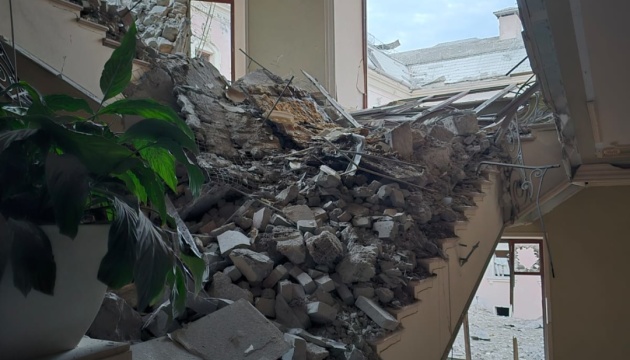On January 31, a Russian ballistic missile attack on the historic center of Odesa damaged 19 buildings within the UNESCO protection zone.
This was reported by the Ministry of Culture and Strategic Communications of Ukraine, according to Ukrinform.
Among the damaged buildings are the Bristol Hotel, the Museum of Western and Eastern Art, the Archaeological Museum, the Historical and Local History Museum, the Museum of Foreign Writers.
Additionally, the Odesa Regional Philharmonic named after David Oistrakh, built in 1894 and under enhanced UNESCO protection, suffered shattered windows and façade damage.
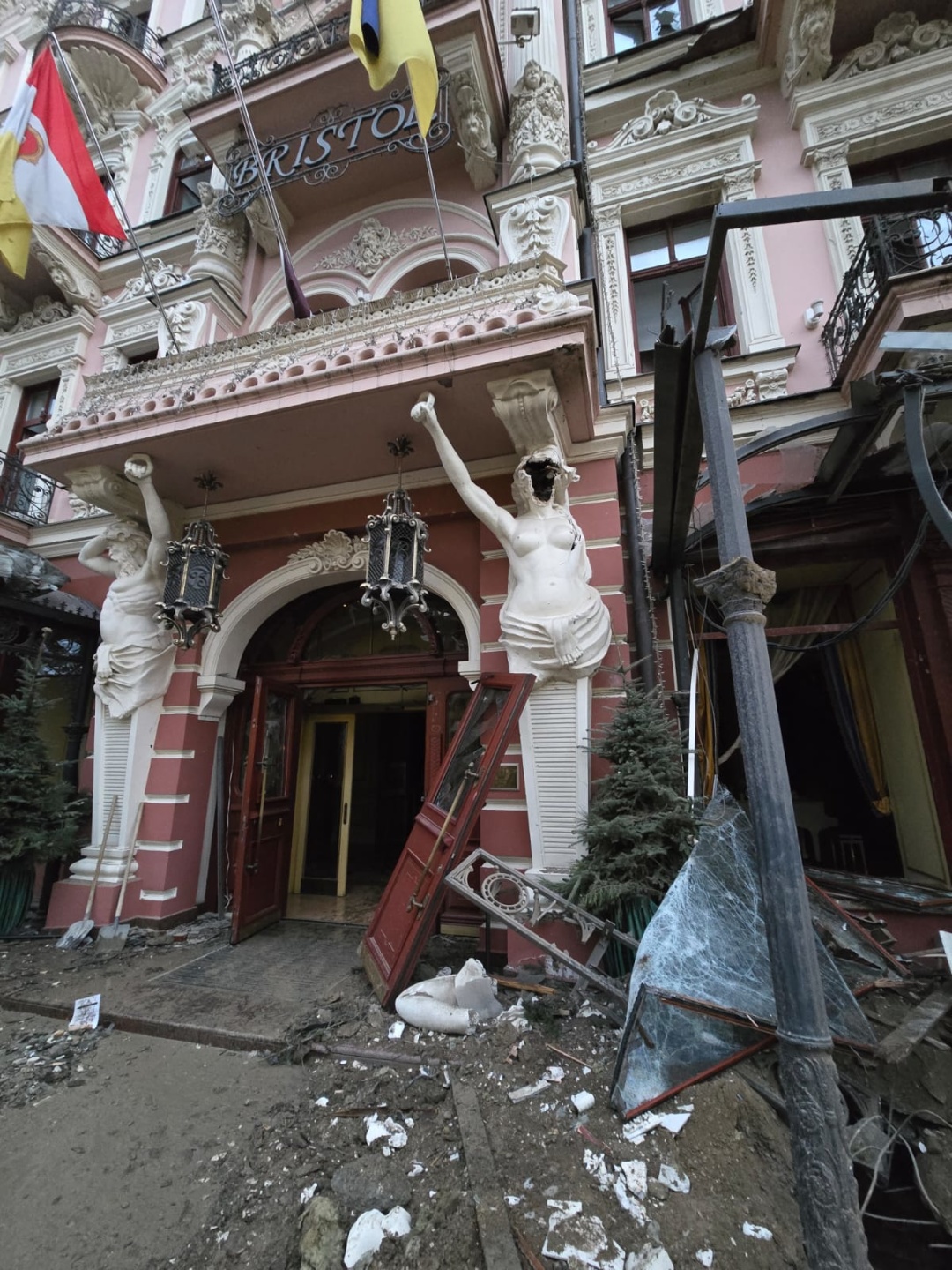
Minister of Culture Mykola Tochytskyi stated that his ministry has already appealed to UNESCO to take necessary measures under the Hague Convention to protect cultural heritage and to develop a sanctions mechanism against those responsible for damaging Ukraine’s cultural sites.
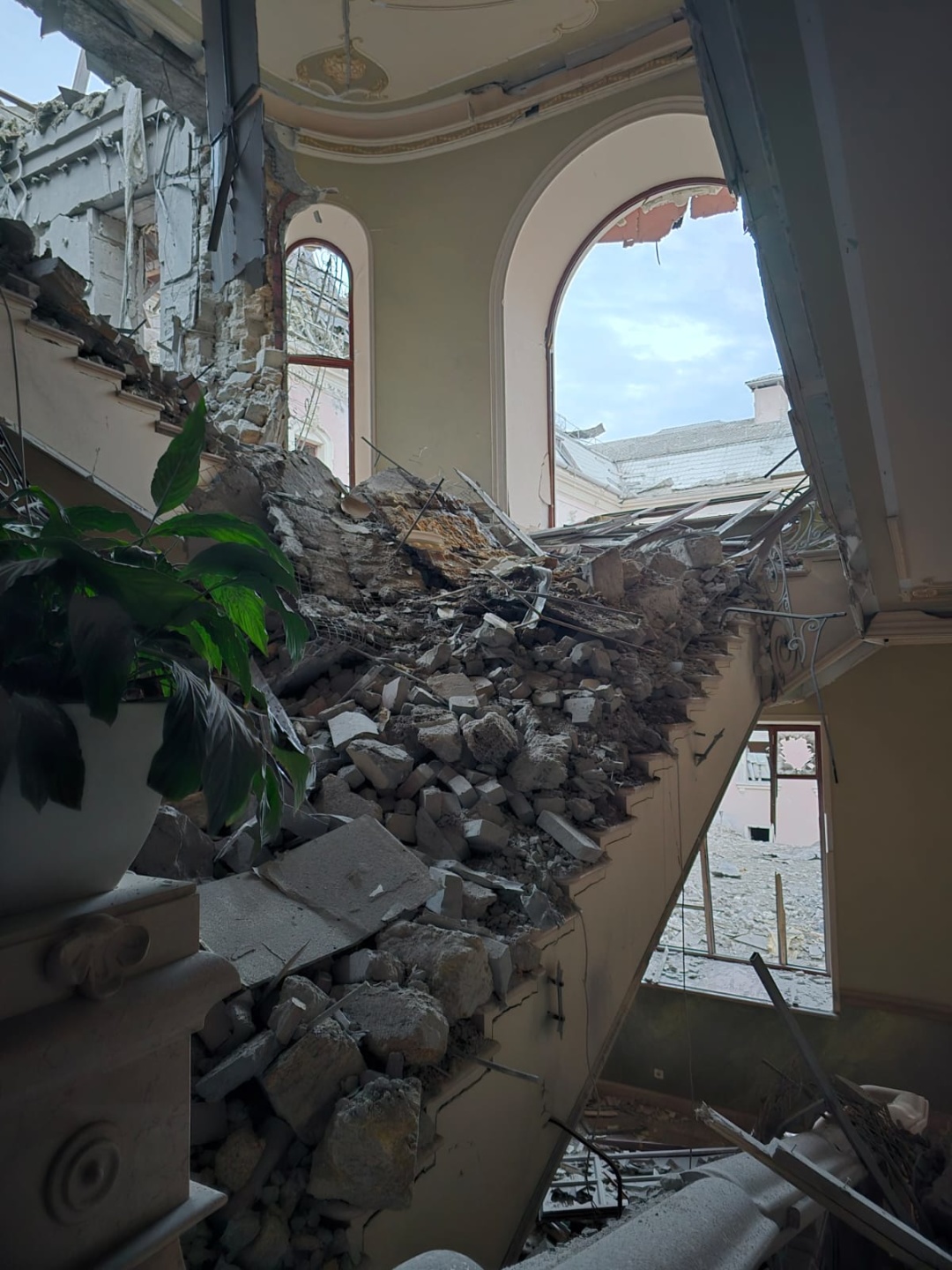
“Representatives from the Ministry of Culture, experts from the Odesa Department of Culture, and other specialists are already on site assessing the consequences of the missile attack,” said Tochytskyi.
According to him, by January 25, a total of 1,333 cultural heritage sites had been damaged across Ukraine, with 137 in Odesa region alone. Some were irreversibly destroyed.
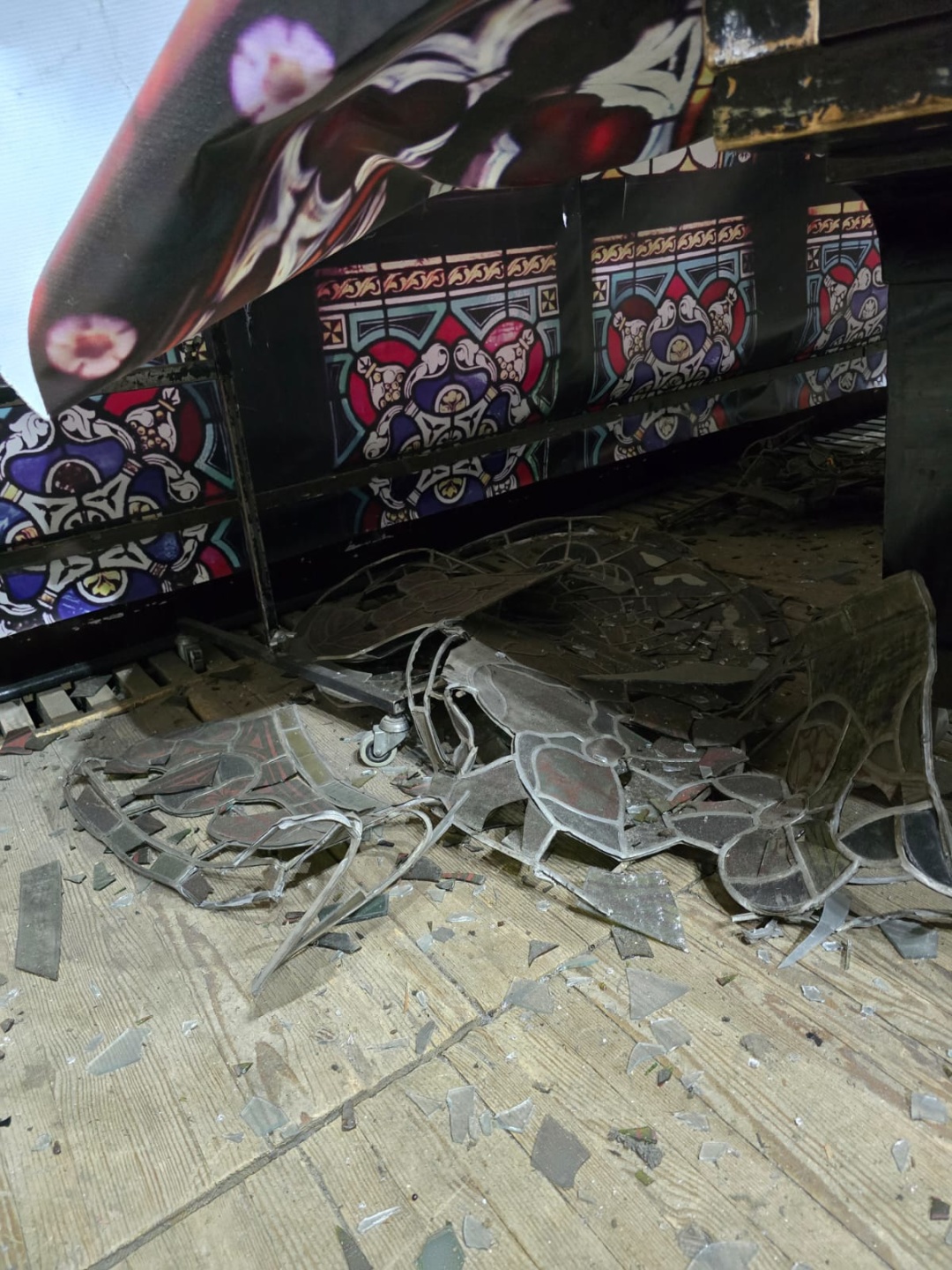
Tochytskyi emphasized that Russia must face real international legal responsibility for these crimes. He called for a joint effort with Ukraine’s allies to strengthen mechanisms that hold the aggressor accountable for destroying cultural heritage.
“I am confident that our allies and partners will support additional sanctions against everyone harming our cultural heritage. The enemy must pay not only for Ukrainian lives lost but for all that they have destroyed,” he declared.
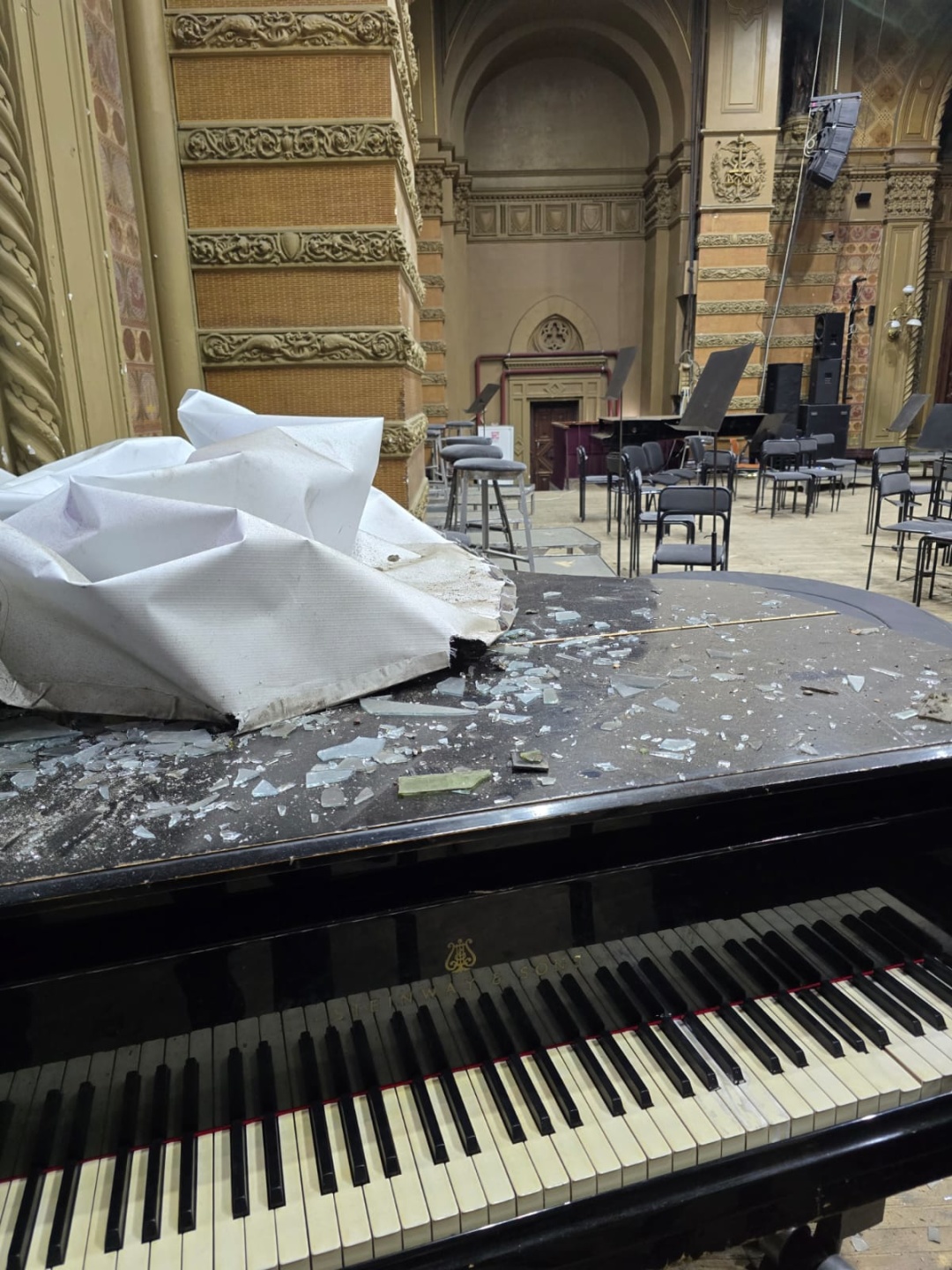
Ukraine is advocating for the International Criminal Court (ICC) to take up war crimes against cultural heritage. Tochytskyi stressed the need for a clear action plan to assess the destruction of thousands of cultural sites and to submit UNESCO-backed findings to the ICC.
At a December 2024 meeting of the Second Protocol Committee of UNESCO, Ukraine launched an accelerated monitoring procedure for the damage to the Derzhprom Building in Kharkiv, which is also under enhanced International Humanitarian Law protection.
Tochytskyi noted that Ukraine is considering the same procedure for Odesa’s Philharmonic Building.
“A UNESCO-ICOMOS reactive monitoring mission will arrive in Odesa in 10 days to develop joint solutions for protecting and preserving cultural assets during the war,” he stated.
“Enhanced protection” is a mechanism introduced by the 1999 Second Protocol to the 1954 Hague Convention for safeguarding cultural property during armed conflict. It grants a high level of immunity, requiring warring parties to refrain from targeting protected sites and avoid using cultural property or its surroundings for military purposes.
Violations of this status can lead to criminal penalties under international law.
As previously reported, on January 31, Russia launched three ballistic missile strikes on Odesa, injuring seven people.
UNESCO strongly condemned the attack on Odesa’s historic center, which is a World Heritage Site.
Source: Russian strike on Odesa damages 19 UNESCO-protected buildings

